 |
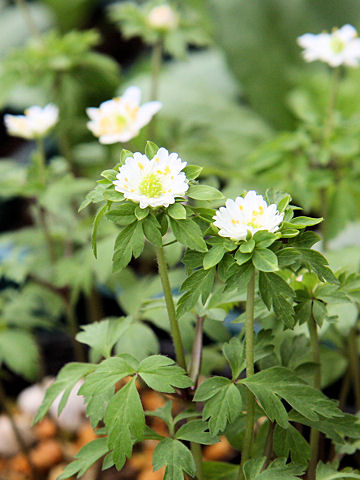

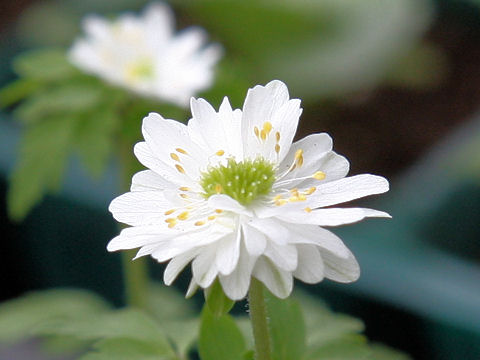

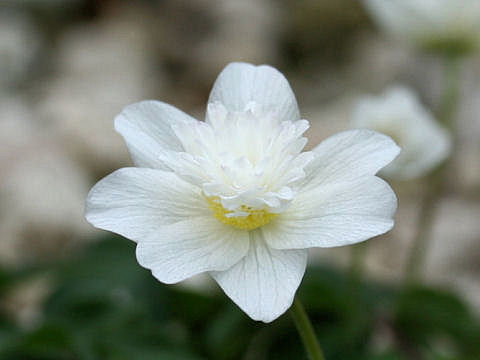

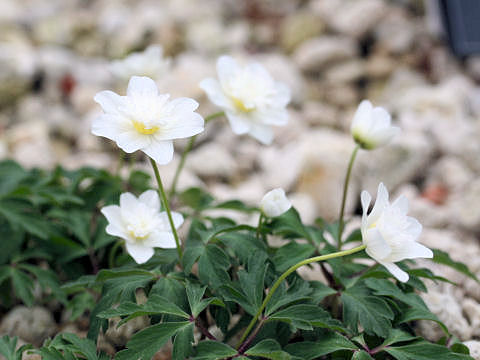

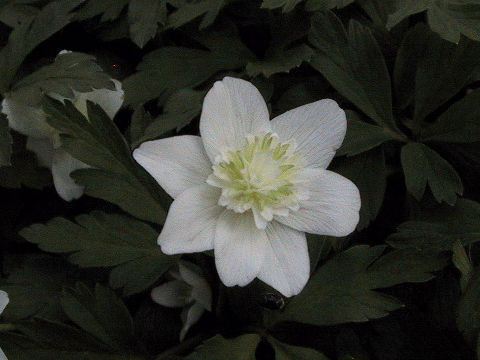

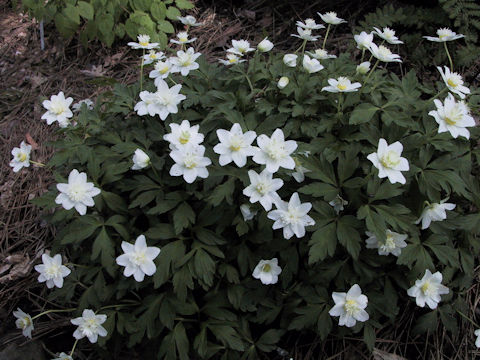

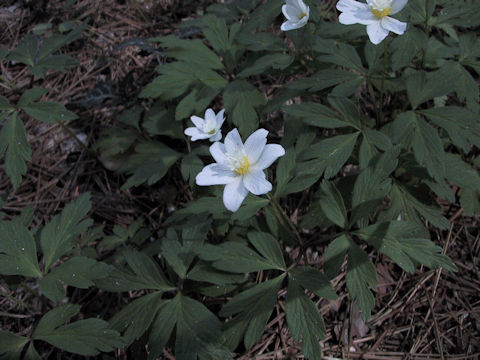

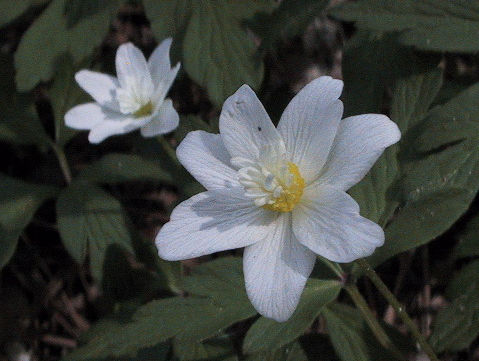

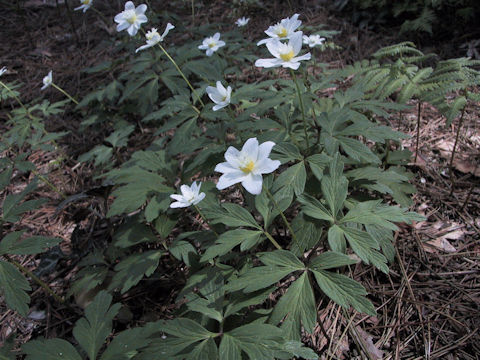

|

|
[bpÌk©ç¬AWAAAWAÌk¼ÉªzµÄ¢Ü·BuiÑÈÇÌt÷ÑÌѰɶ¦A³ÍT`PTZ`ÉÈèÜ·B×¢nºsðLεÄLªèÜ·BtͶóÉ[ôµAª¶µÜ·BR©çU²ëAÔsðLεÄF©çW¢sNFÌÔð穹ܷB
|

|
L|EQÈC`\E®Ì½NÅAw¼Í Anemone nemorosaBp¼Í Wood anemoneAWindflowerAEuropean thimbleweedB
|

|
The Wood anemone (Anemone nemorosa) belongs to Ranunculaceae (the Buttercup family). It is a perennial herb that is distributed from northern Europe to Asia Minor and north-western Asia. The herb grows in montane beech forests and can reach 5-15 cm in height. It spreads by elongated slender rhizomes. The leaves are basal and deeply lobed palmately. The flower stalks are borne and bloom white to pale pink flowers from March to June.
|

|
[ãEP] çt§æsåpÉÄA2008N0416úBeB
[QER] åãsß©æuçâ±ÌÔÙvÉÄA2006N0413úBeB
[S`VEº] ·ì§Éßs¼tßu©ñÄñÏÏK[fvÉÄA2003N0427úBeB
|










